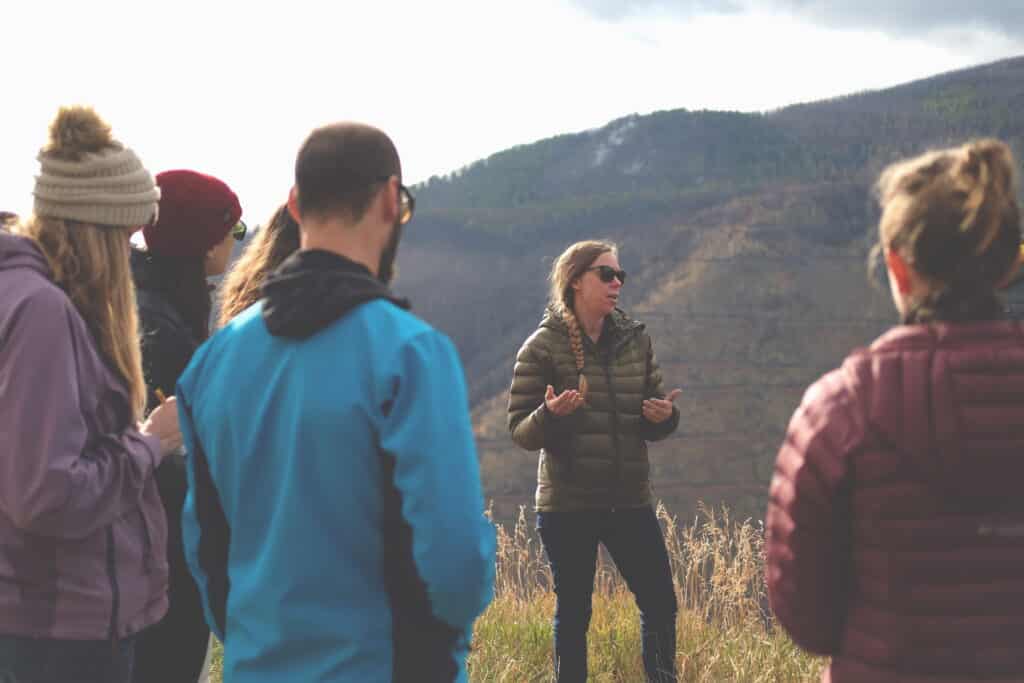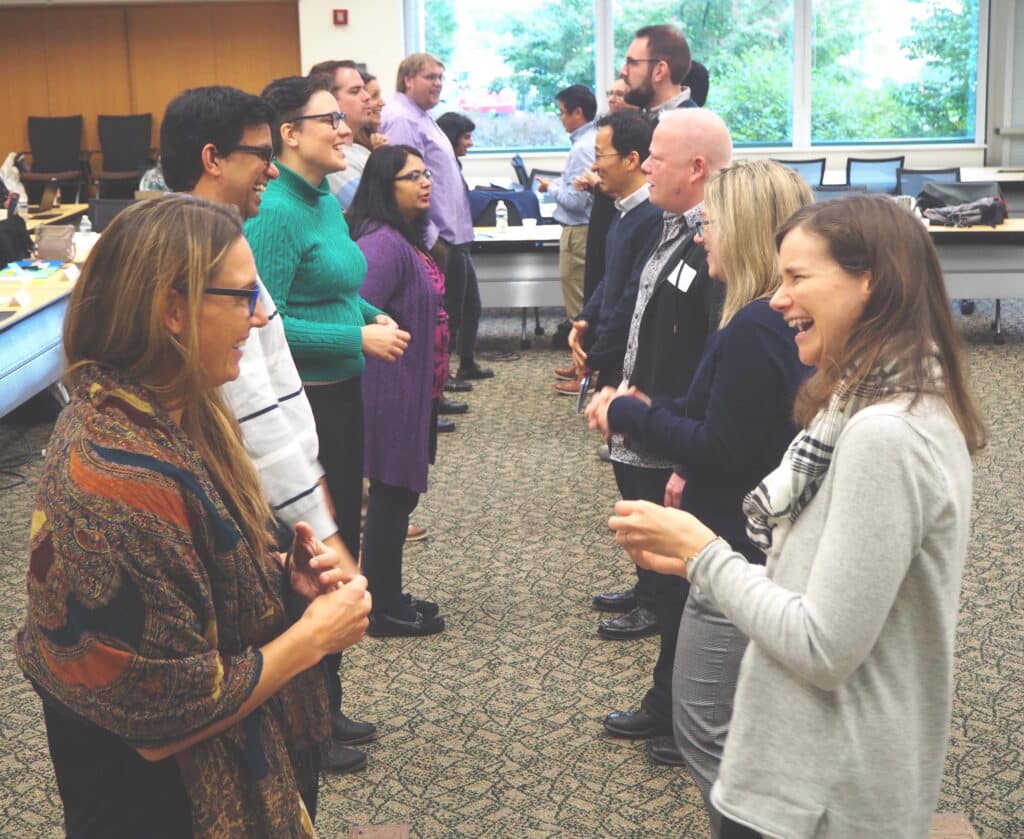
Q+A with COMPASS on Inclusive Hiring Practices
By Amanda Stanley
COMPASS champions, connects, and supports diverse science leaders to improve the well-being of people and nature. In this Q+A for Green 2.0, Amanda Stanley, COMPASS’s Executive Director, discusses the updates the organization made to its hiring and onboarding practices to better reflect its strong commitment to diversity, equity, inclusion, and justice.
Q: Why did COMPASS decide to overhaul its hiring process?
As an organization, we collaborate across a broad spectrum of ideas and cultures. Having a diverse, multifaceted staff is essential to achieving our vision of a world where people and nature both thrive, and we know we need a foundation of equity and belonging in order to do our work in a way that lives up to our values.
We don’t typically hire often, so we hadn’t done much to our hiring process over the past 20 years. But when we realized we needed to hire six positions in 2021 (growing our team by nearly a third!), we took the opportunity to update our process to one that proactively dismantled unfair systemic barriers and yielded excellent applicants while still being efficient to run for our small team.
Q: How was the new hiring process created and implemented across your team?
This was a team-wide effort. Hiring is a huge investment of time and effort. Staff at all levels of our organization, particularly our DEIJ committee, contributed to shaping the new hiring and onboarding process. Rather than doing things the way we’d done before, we really questioned each component to ensure that it was advancing our hiring goals. We were guided by three big considerations in our decision-making: intentionality, learning, and living into our values.
Not surprisingly for a science organization, we took an experimental approach, collecting feedback and evaluating which practices would best help us achieve our hiring goals. We made sure to build in opportunities for feedback and reflection at various stages so we can continue to improve and evolve.
Success wasn’t just about finding great people to work with us – it was also about the experience of each applicant. We are so grateful for the thoughtful and helpful feedback from applicants and new hires, which indicated how well we embodied our values throughout the hiring process. All along the way, we tried to think about not just what we needed, but what the applicants needed as well, and the feedback we received indicated that applicants could tell the difference. We learned a lot as an organization, and we won’t be going back to the way we used to do hiring – we found that the changes we made improved the experience for everyone (staff and applicants alike).

Q: What are some examples of the changes you made?
We made a number of changes, but here are a few that stand out.
- Job Description: We revised the job descriptions to focus on the skills and competencies that we really need and eliminated any unnecessary gate-keeping requirements (i.e. “advanced degree preferred” language). These extra requirements often discourage people, particularly women and people of color, from applying, especially if they do not think they meet the job description requirements. We wanted to help applicants see themselves in the role. Applicants also appreciated seeing language highlighting our organizational commitment to DEIJ, as well as clarity in our compensation range and onboarding expectations.
- Application: In lieu of a cover letter, we asked applicants to respond to a short list of application questions through a Google form. The questions provided an opportunity for more personal and intentional responses, helped us more quickly assess applicants, and reduced the preparation time for applicants.
- Interviews: We looked for ways to de-stress the interview process to get to the heart of the conversation. We shared the interview process transparently with each applicant so that they knew what to expect at each step of the way, from who would be on the interview, to dress code (come as you are comfortable), to the interview questions. One of our new hires remarked how this practice sent a clear signal that COMPASS was intentional about actually “walking the walk” to make inclusion and diversity a “lived” part of the hiring process, instead of just fancy language.
Q: What were some of the impacts of these changes?
Overall, the new process was a much more rewarding experience for staff and applicants, and better reflected our values as an organization. We received a great pool of applicants, and we are so excited for the new members of our team!
Q: Was there anything about the process that surprised you?
We were a little surprised that most of the work wound up happening before we ever announced a position. About 75 percent of the work was in the setup; that included really thinking about what our organization truly needed and writing a job description that reflected those needs (rather than using standard exclusionary hiring language), setting up timelines, roles, and responsibilities internally, crafting a rubric for evaluating applicants, and creating our outreach lists.
We were also a little worried that sharing interview questions in advance would result in overly-scripted responses. Instead, we found it led to better conversations. Most applicants shared how being given the chance to think through the questions enabled them to give better answers, with much less stress. Small changes like that can make a huge difference.
Q: What advice would you give to other organizations that are considering changing their hiring process?
Overhauling your hiring process can seem daunting at first, but the effort is worth it. Luckily, you don’t have to start from scratch. There is a wealth of helpful research and resources available. Two resources that were especially helpful to us are Avarna’s Toolkit to Mitigate Bias in Recruitment & Hiring and Green 2.0’s Leaking Talent report. We also reached out to other organizations in our network who had more experience hiring and received great advice. We’re happy to share more details about our process and connect with other organizations that are looking to update their hiring process as well.

To learn more about COMPASS visit https://www.compassscicomm.org/ and follow them on Twitter at @COMPASSscicomm.